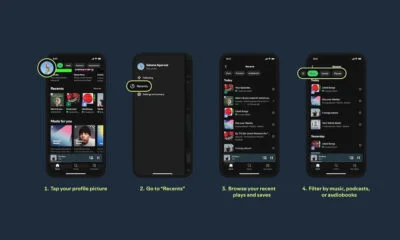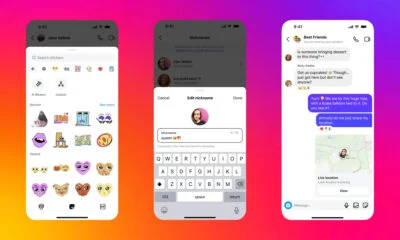News
DJI Has Released A More Affordable Mavic 3 Drone
The company’s new Mavic 3 Classic shares plenty of the original Mavic 3’s best features, but at a far more affordable price point.
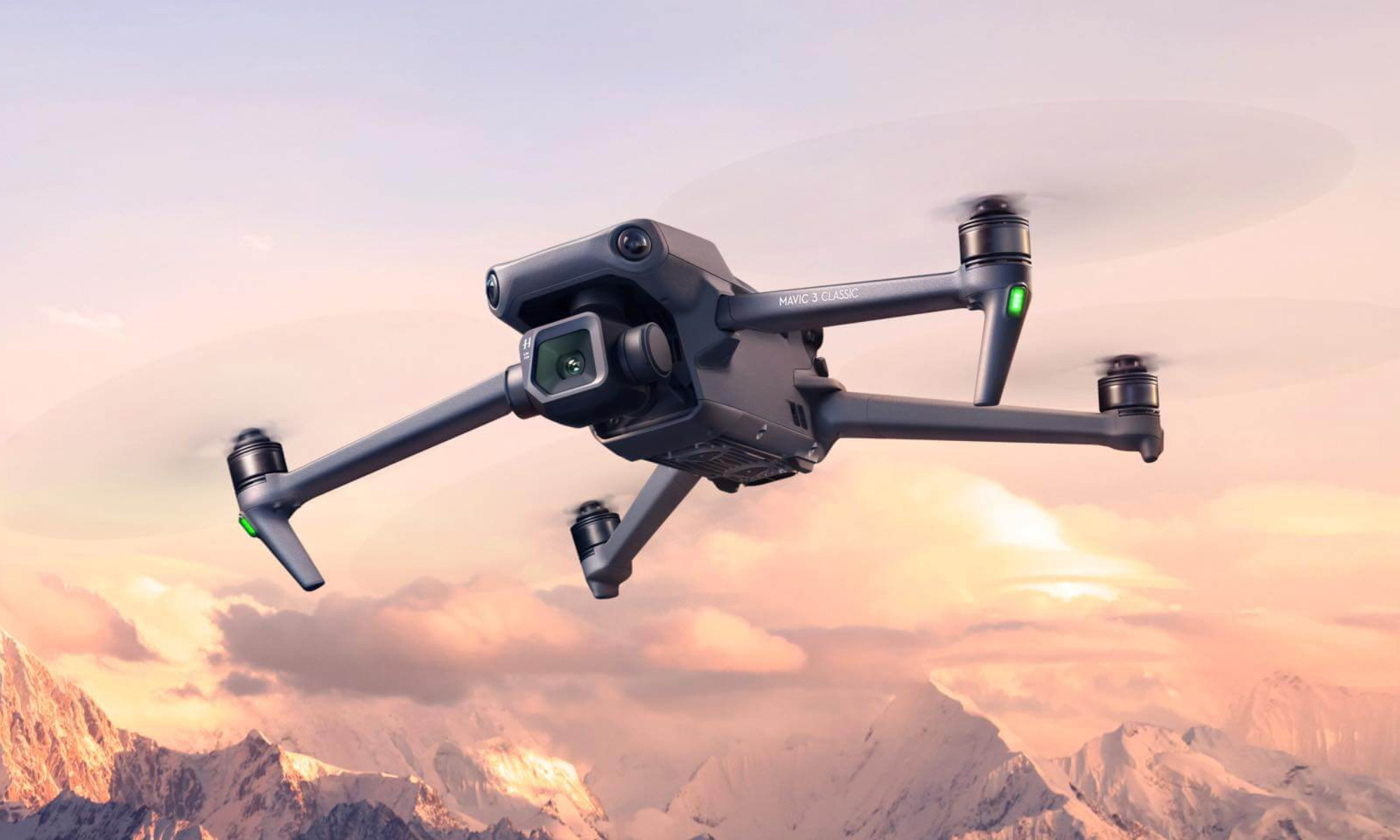
DJI has just added a new model to its drone lineup, the Mavic 3 Classic, which is positioned as a more accessible variant of the popular Mavic 3 machine. The latest drone boasts many of the flagship’s best features, but at a more welcoming price for newcomers.
The Mavic 3 Classic costs $1,469 for the base unit, though this will end up at more like $1,599 or $1,749 when teamed with either a DJI RC-N1 or DJI RC controller, respectively. Though it’s unlikely many buyers will take the option, it should be noted that the new drone will also be compatible with the company’s RC Pro controller.
So what do you get for the Classic’s asking price? The new budget model loses the additional telephoto lens of the original Mavic 3 drone but offers the same 4/3 CMOS 20-megapixel camera, O3 Plus transmission system, and 46-minute flight time.
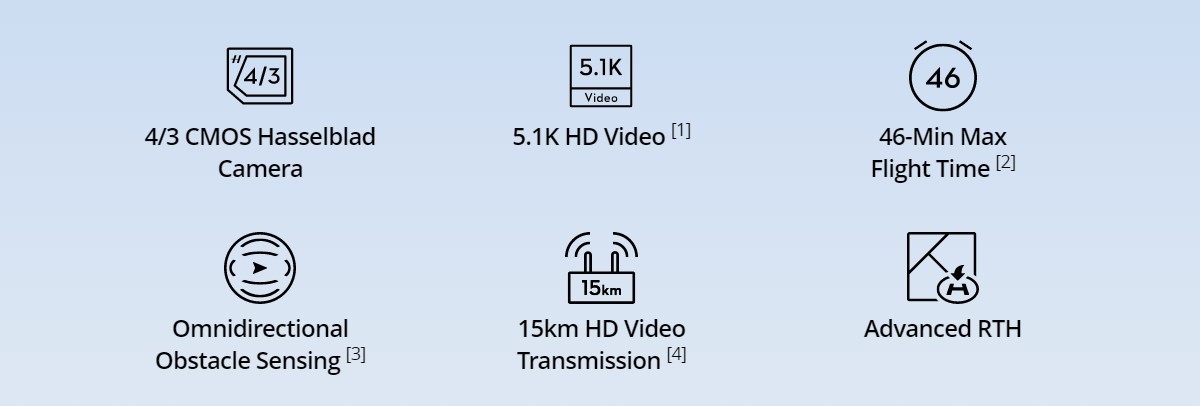
The Mavic 3 Classic’s 24mm equivalent lens can record video at 5.1K / 50fps, 4K / 60fps, and 1080p / 60fps using H.264 and H.265 encoding, while slo-mo footage can be captured at 4K / 120fps and 1080p / 200fps. If you want to download images and video directly from the drone, you’ll enjoy 80MB per second transfer speeds when using a Wi-Fi 6 connection.
Newbie Friendly Features
The Mavic 3 Classic looks to be the perfect drone for newcomers to the hobby, sporting features like automated quick shots and a cruise control feature for nervous pilots. When in this mode, the drone flies at a set constant speed, allowing you to focus on photography without the risk of a crash.
The drone can independently plan its own routes to weave around hazards, thanks to eight visual sensors feeding information to an APAS 5.0 obstacle avoidance system. Like many other models, it can also return to home when a connection is lost or if the battery pack is running low.
Availability And Regulations
The Mavic 3 Classic is available now, though you’ll have to check local regulations to ensure it’s legal in your region. In Europe, for example, drone pilots can fly the Mavic 3 Classic in the A1 Open Category without obtaining a remote piloting license.
News
Samsung Smart Glasses Teased For January, Software Reveal Imminent
According to Korean sources, the new wearable will launch alongside the Galaxy S25, with the accompanying software platform unveiled this December.
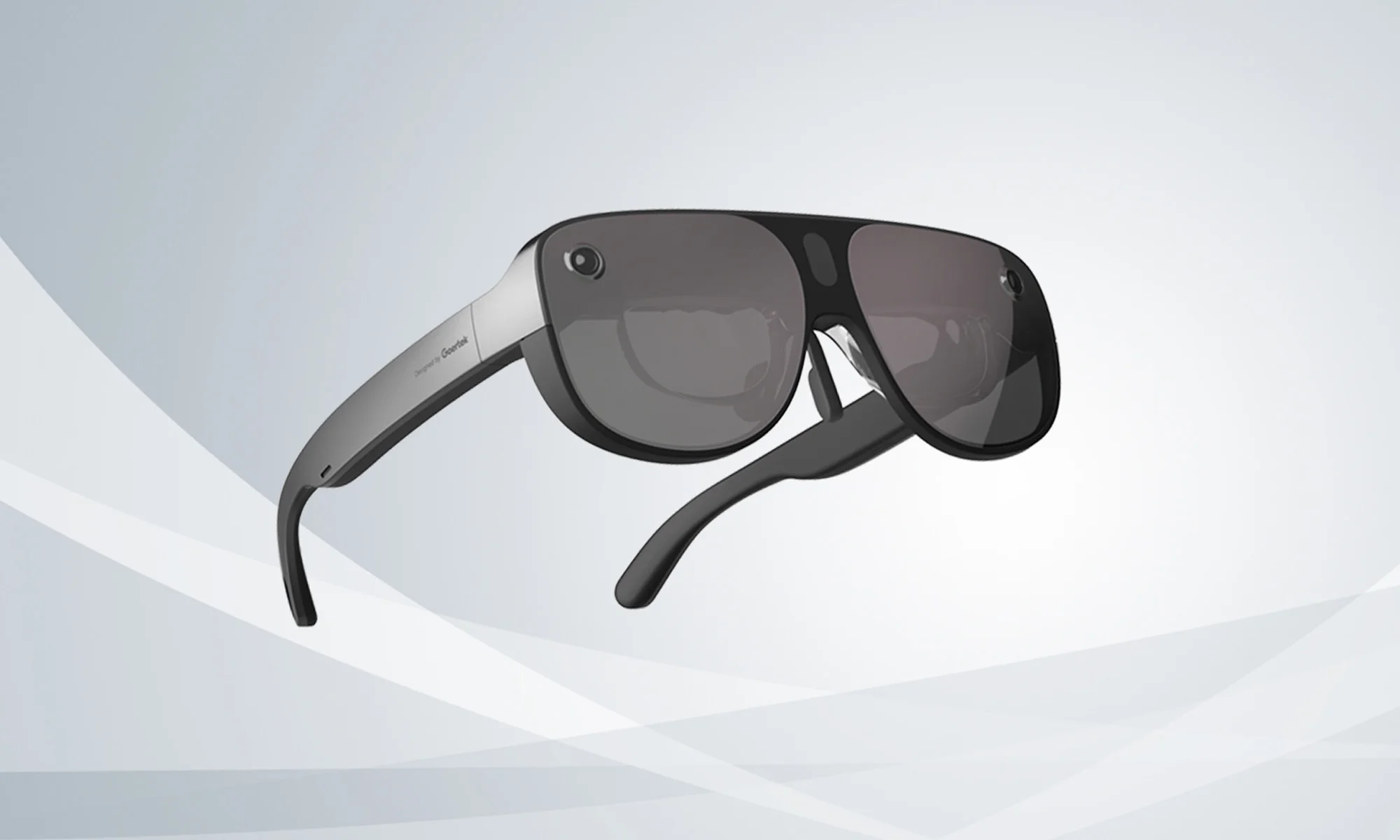
Samsung appears poised to introduce its highly anticipated smart glasses in January 2025, alongside the launch of the Galaxy S25. According to sources in Korea, the company will first reveal the accompanying software platform later this month.
As per a report from Yonhap News, Samsung’s unveiling strategy for the smart glasses echoes its approach with the Galaxy Ring earlier this year. The January showcase won’t constitute a full product launch but will likely feature teaser visuals at the Galaxy S25 event. A more detailed rollout could follow in subsequent months.
Just in: Samsung is set to unveil a prototype of its augmented reality (AR) glasses, currently in development, during the Galaxy S25 Unpacked event early next year, likely in the form of videos or images.
Additionally, prior to revealing the prototype, Samsung plans to introduce…
— Jukanlosreve (@Jukanlosreve) December 3, 2024
The Galaxy Ring, for example, debuted in January via a short presentation during Samsung’s Unpacked event. The full product unveiling came later at MWC in February, and the final release followed in July. Samsung seems to be adopting a similar phased approach with its smart glasses, which are expected to hit the market in the third quarter of 2025.
A Collaborative Software Effort
Samsung’s partnership with Google has played a key role in developing the smart glasses’ software. This collaboration was first announced in February 2023, with the device set to run on an Android-based platform. In July, the companies reiterated their plans to deliver an extended reality (XR) platform by the end of the year. The software specifics for the XR device are expected to be unveiled before the end of December.
Reports suggest that the smart glasses will resemble Ray-Ban Meta smart glasses in functionality. They won’t include a display but will weigh approximately 50 grams, emphasizing a lightweight, user-friendly design.
Feature Set And Compatibility
The glasses are rumored to integrate Google’s Gemini technology, alongside features like gesture recognition and potential payment capabilities. Samsung aims to create a seamless user experience by integrating the glasses with its broader Galaxy ecosystem, starting with the Galaxy S25, slated for release on January 22.





















